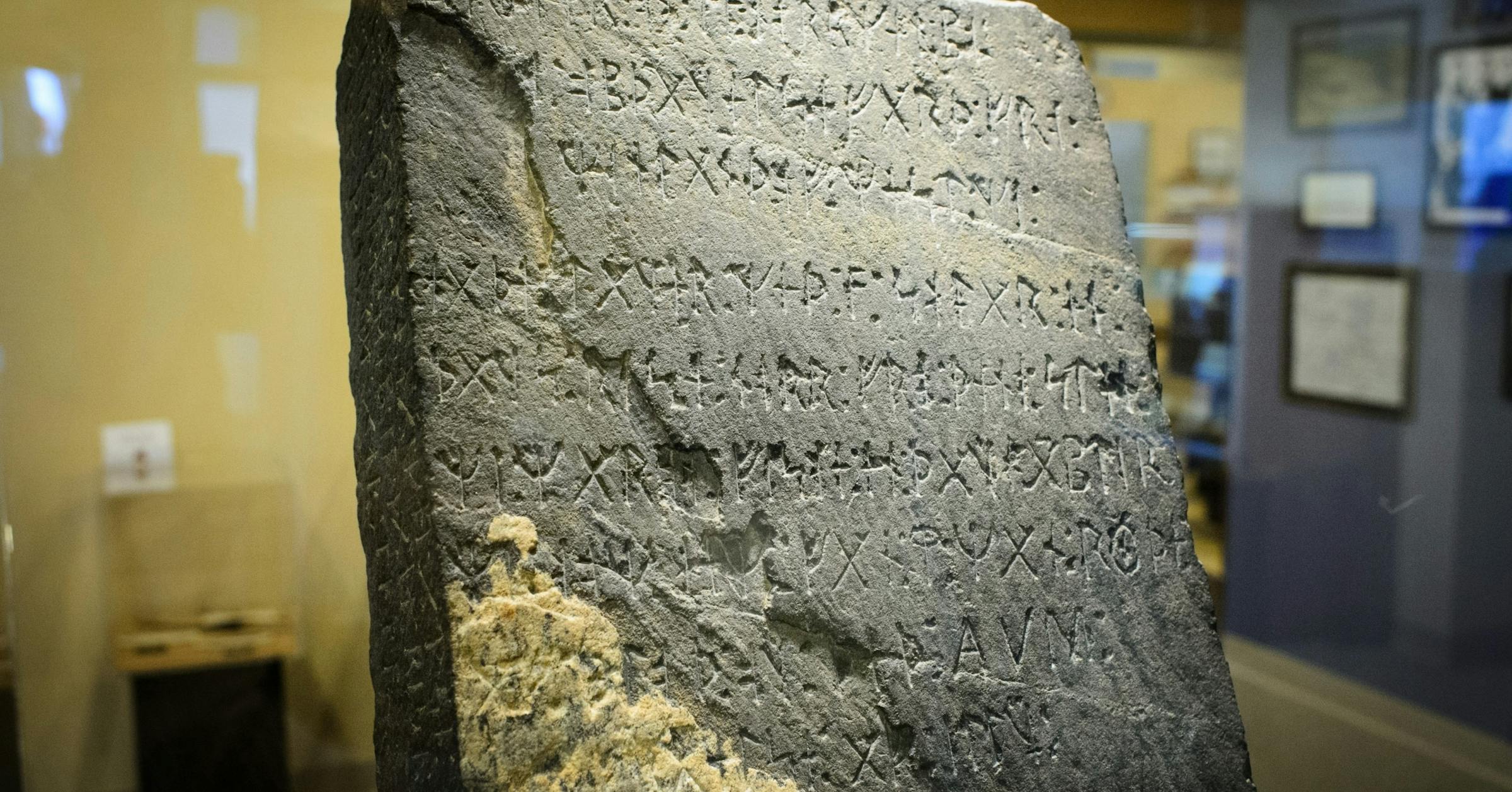Copyright Forbes

For Black women, military service can do more than shape character—it can be the foundation for purpose, leadership and financial security. When the 6888th Central Postal Directory Battalion arrived in Birmingham, England, World War II had already been dragging on for a year and a half. It was the only unit of Black women in the Women’s Army Corps (WAC) to serve overseas during the Second World War. Their assignment: clear a backlog of roughly 17 million pieces of mail that had not been delivered to U.S. troops in Europe. Often armed with just a first name or a nickname to get the letters and packages to their recipients, the women executing the order performed the epitome of detail-oriented work. The 855‑member battalion served under the command of Major Charity Adams, the Army’s first Black woman officer, and completed the assignment in just three months—half the time expected. The 6888th's delivery of overdue mail was widely credited with lifting the wartime morale of American troops. That story fits a much longer continuum. Across every U.S. conflict, from the American Revolution to today, Black women have stepped up to serve as nurses, doctors, interpreters, couriers, pilots and spies, and later as enlisted personnel and commissioned officers. By the 1940s, their opportunities were still limited by quotas and segregation. Most Black women served in the Army’s WAC, where they fought not only for their country but also for the right to serve it fully. A Family Where Service Is the Throughline The long tradition of Black women in the military endures today, embodied in families like the Turners—three generations of women whose lives demonstrate how service can shape identity, purpose and legacy. The Honorable Ingrid M. Turner, Judge, Seventh Judicial Circuit of Maryland (Ret), a former naval officer, represents the second generation of her family’s deep commitment to military service. The daughter of a teacher and an Army colonel, she grew up in a home where the message was “clear, concise and consistent” that education opened doors to all kinds of possibilities. The military was one of them. “My parents exemplified hard work, perseverance and helping others,” she said. “At an early age, I understood that service was the rent we paid for living here on earth. Service is part of the Turner DNA.” “At an early age, I understood that service was the rent we paid for living here on earth. Service is part of the Turner DNA.” Honorable Ingrid M. Turner MORE FOR YOU Sister-in-law, Winifred McCullough Turner, set a powerful example within her immediate and extended family. A political science major who originally intended to become a lawyer shifted her career plans when an ROTC recruiter handed her a brochure in college. “They talked about the program as an adventure—something exciting, challenging and different,” she recalled. “After a few classes, I was hooked.” Winifred served in the Persian Gulf War and more than 22 years as a logistics officer in an Army career where she became lieutenant colonel and the first female inspector general for Redstone Arsenal in Alabama. Carrying that legacy forward is Leah Hanson, Ingrid and Winifred’s niece represents the third generation of Turners in uniform. A West Point graduate and former military officer, she knew early that her family’s example would shape her own path. Like the women before her, Leah sees service as both an inheritance and an investment in the future. Though she now serves in a different capacity—retired from active duty and living with a service-connected disability—she remains deeply aware of the enduring impact of her family’s service. Why They Joined and What They Gained Despite the well-documented challenges women face in uniform, the Turner family describe their experiences not in terms of obstacles, but opportunity. For Winifred, who went on to become Chief of Administrative Services at the National Gallery of Art before she retired, the rewards were exposure and resilience. “The military allowed me to experience different cultures and broaden my perspective,” she said, having been stationed in several U.S. states, Germany and Saudi Arabia. “I learned the importance of perseverance and the value of pushing beyond limitations and aiming higher than expected.” Winifred’s journey, however, was not without sacrifice. “There were unaccompanied tours that kept me away from my family for up to a year, missing birthdays, holidays and special occasions,” she said. “But those experiences gave us a deep sense of strength, gratitude and unity. My family came to understand the true meaning of service and resilience.” At military institutions such as the U.S. Naval Academy and West Point, tuition, room and board, and medical and dental costs are fully covered. Students also receive military pay and incur an active-duty service commitment in return. For Ingrid, education was both her entry point and her reward. Because of her military benefits, it helped her earn three degrees and advanced studies in healthcare law—along with guaranteed leadership roles—all on active duty. “While serving my country, I received a top-notch education and job training like no other,” she said. “The military helped me develop leadership skills, hone my teamwork abilities and gave me the confidence to succeed in life’s challenges.” Her two decades in uniform laid the foundation for a distinguished legal career. She later served as the first African American elected to the District 4 seat of the Prince George’s County Council and five years as the first solely elected associate judge to Maryland’s Seventh Judicial Circuit Court in Maryland. For Leah Hanson, service brought lasting financial security for herself and her husband, also a West Point graduate. “The military has allowed us to save money for retirement, life insurance, investments and funds for our son,” she said. “We live a great life and have no financial worries.” Under the Department of Defense’s Blended Retirement System, new entrants receive a 1% automatic Thrift Savings Plan contribution plus up to 4% matching when they contribute 5% of their basic pay, a path toward long-term stability and—after sufficient service—a pension. The trajectory of the Turner family mirrors a larger trend. Women now comprise 17.7% of the active-duty force across the Army, Navy, Marine Corps, Air Force and Space Force—up from 2022, according to Military OneSource. Each percentage point represents not just growth but progress, proof that the call to serve, for many women, continues to be a bridge to leadership, education and enduring legacy. The Power of Legacy



